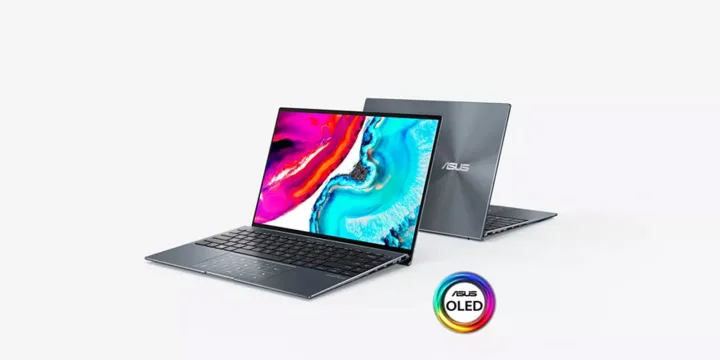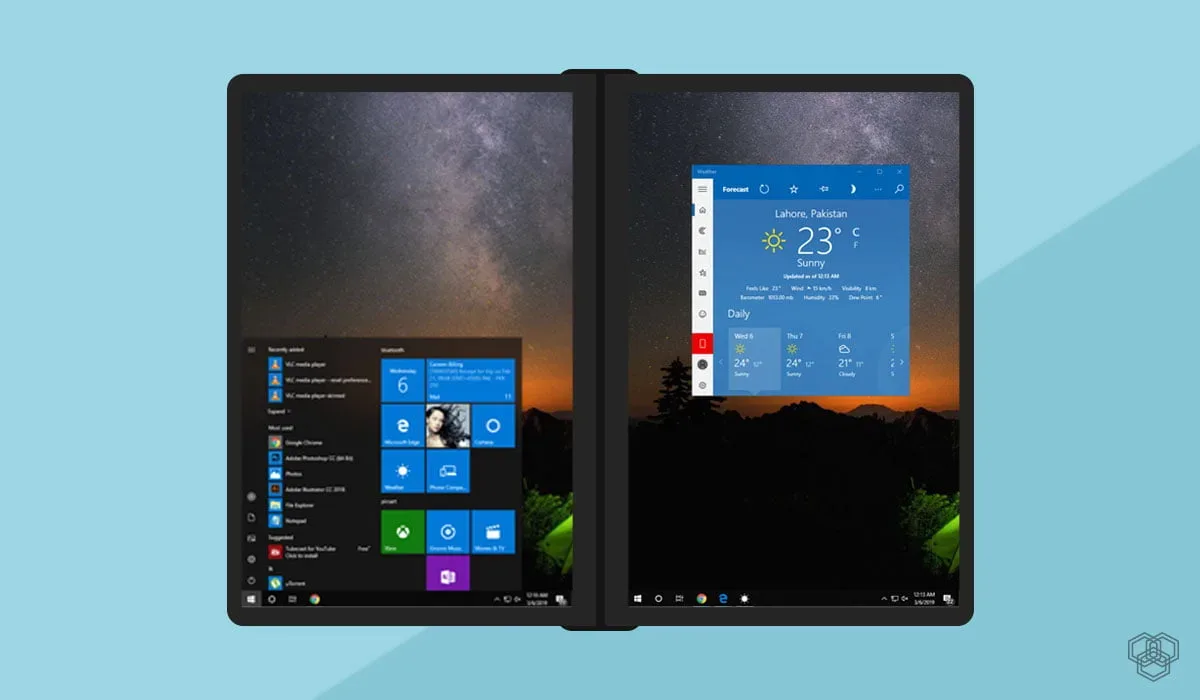Samsung has begun producing 90Hz OLED displays, which will be utilized in the forthcoming ASUS laptops, as announced by the company. The 14-inch, 2,880 x 1,800 16:10 panels, were substantially delayed since Samsung stated they’d arrive in March this year when it originally introduced the technology.
The improved speed over 60Hz OLED panels makes them particularly appealing for gaming. Samsung believes that OLED technology produces less motion blur than LCD panels and that a 90Hz OLED display will show clearer movement than a 120Hz LCD model. This means more detailed gaming on a display that isn’t as demanding on your computer’s GPU.
The OLED screens also have better color, with 100% DCI-P3 coverage, which outperforms most LCD models. They also have better viewing angles, deeper blacks, and faster reflexes. As viewing bright material, the disadvantage is a lack of brightness and much worse energy efficiency when compared to LCDs. ASUS’ Zenbook 14X Pro and Vivobook Pro 14X models, which were unveiled earlier this month, will have the screens. The 16-inch 4K 60Hz panels used in the ASUS ProArt Studio OLED and other models are also manufactured by Samsung.





Share Your Thoughts